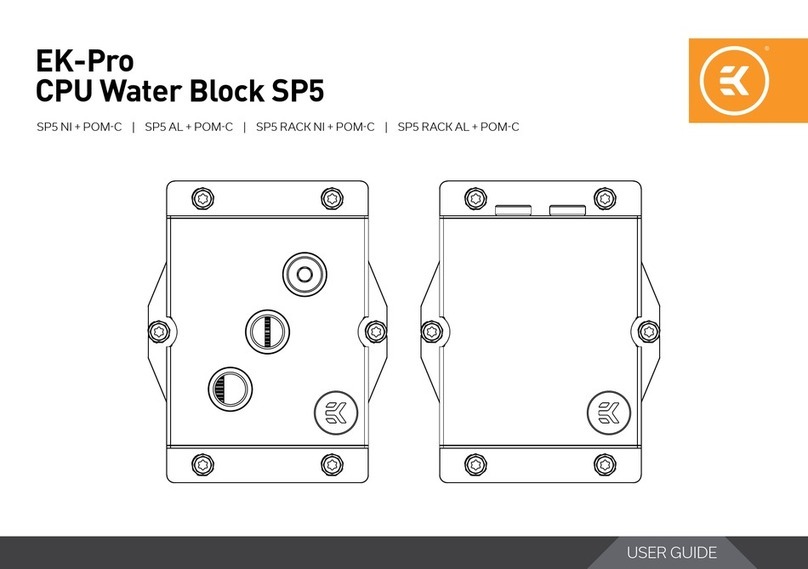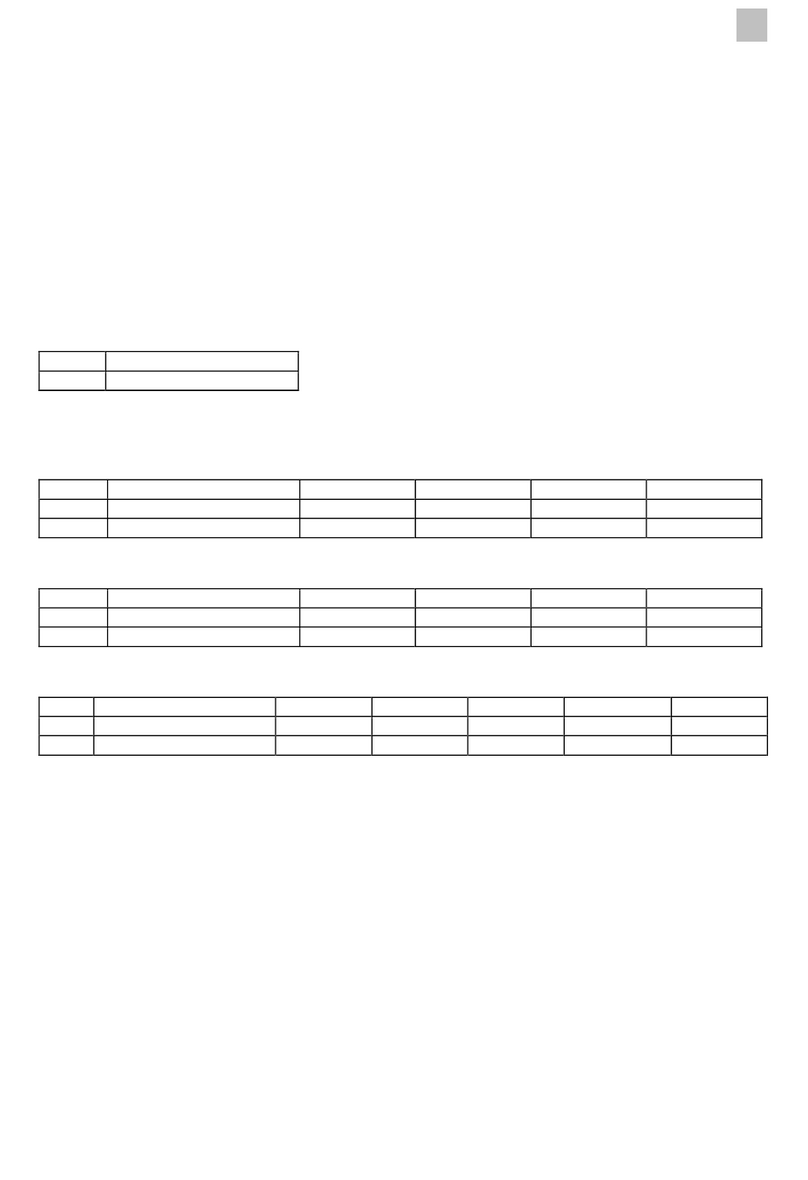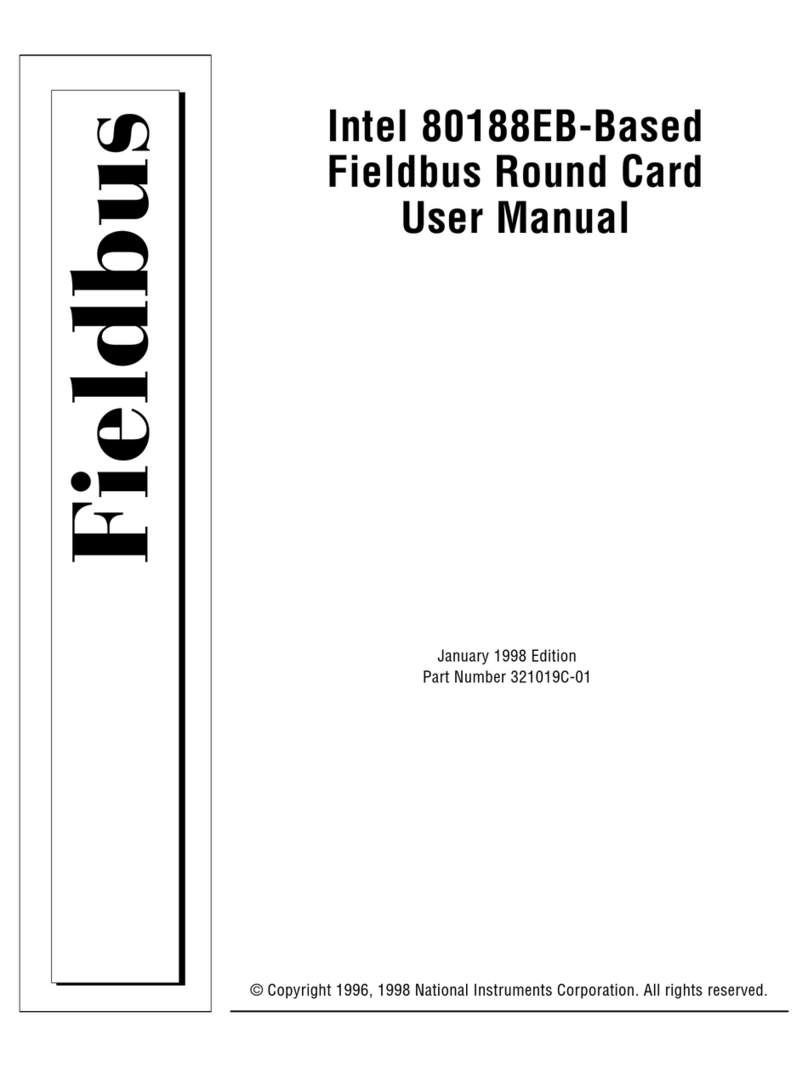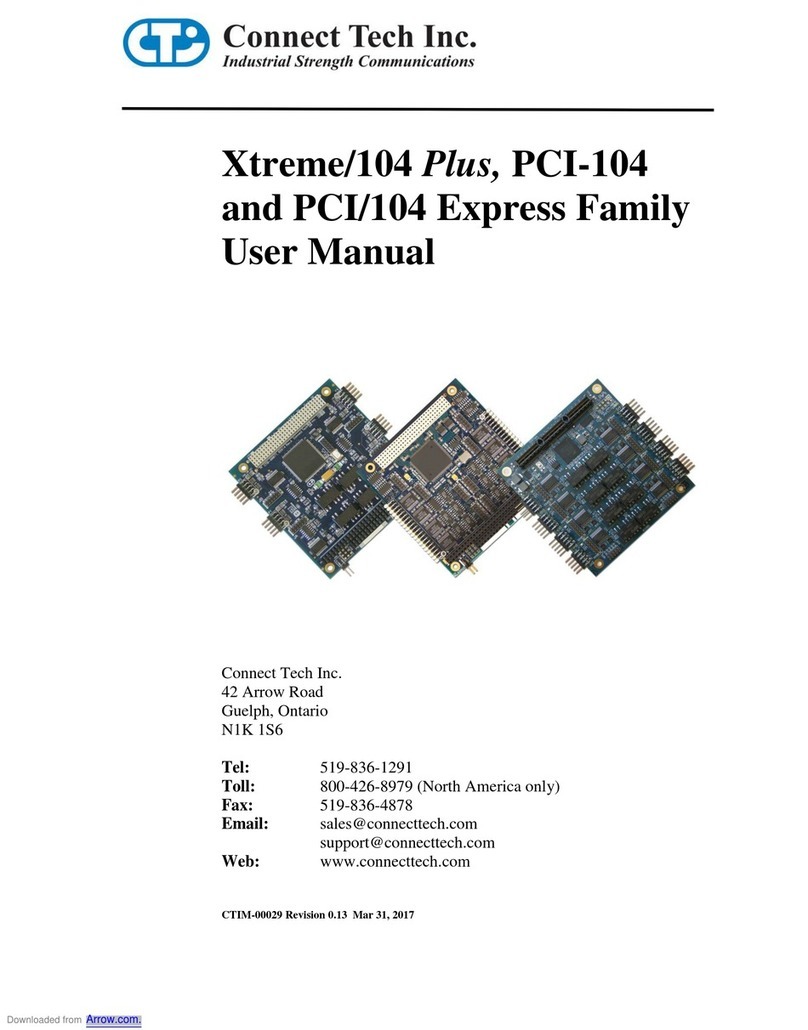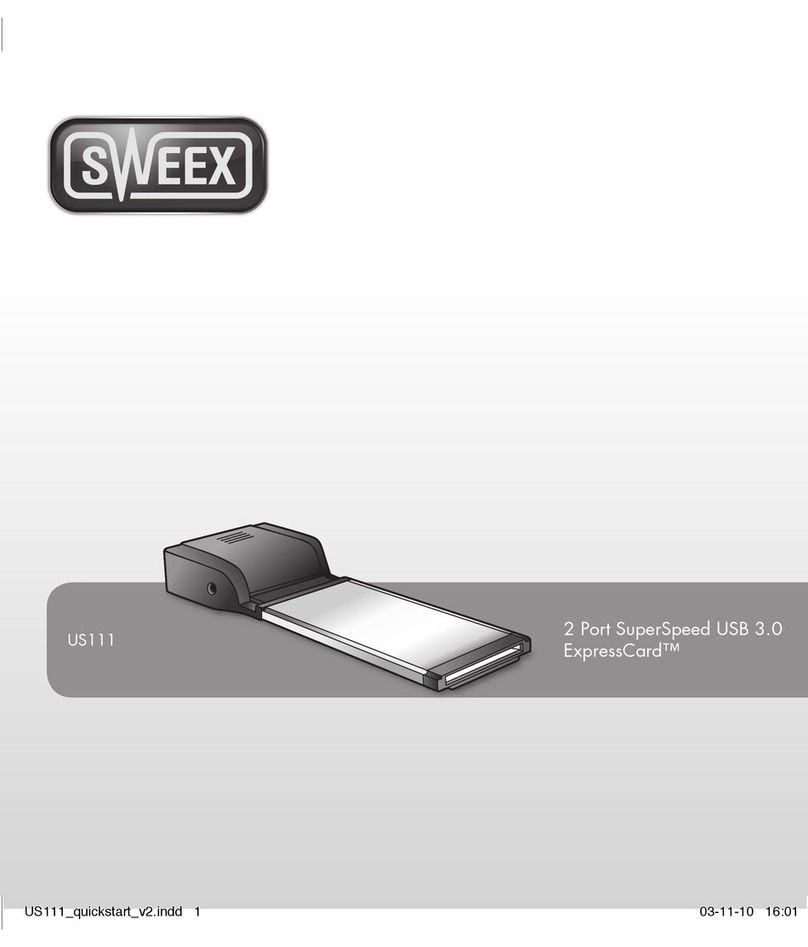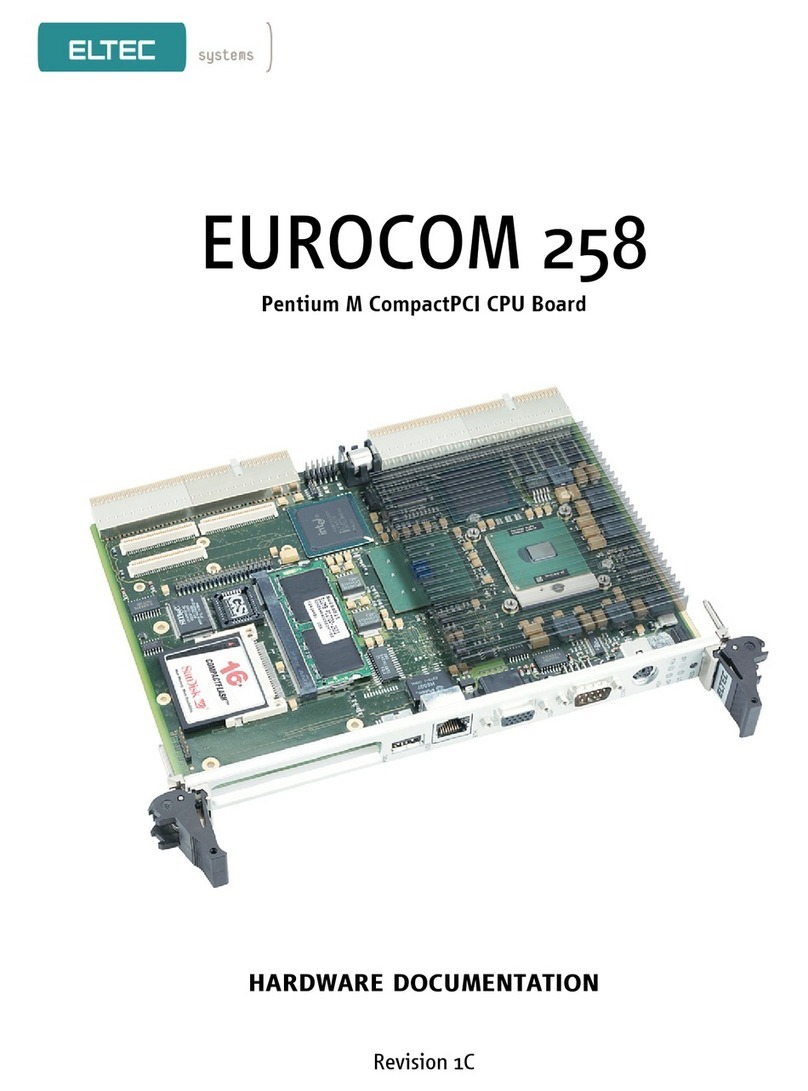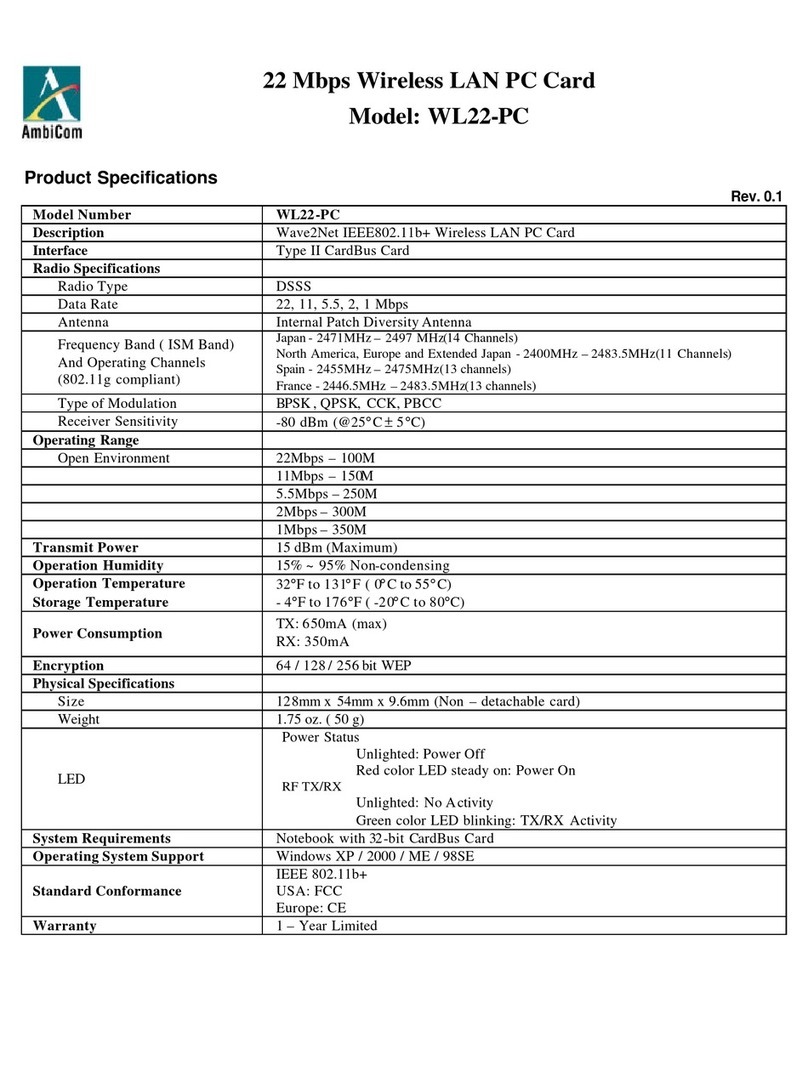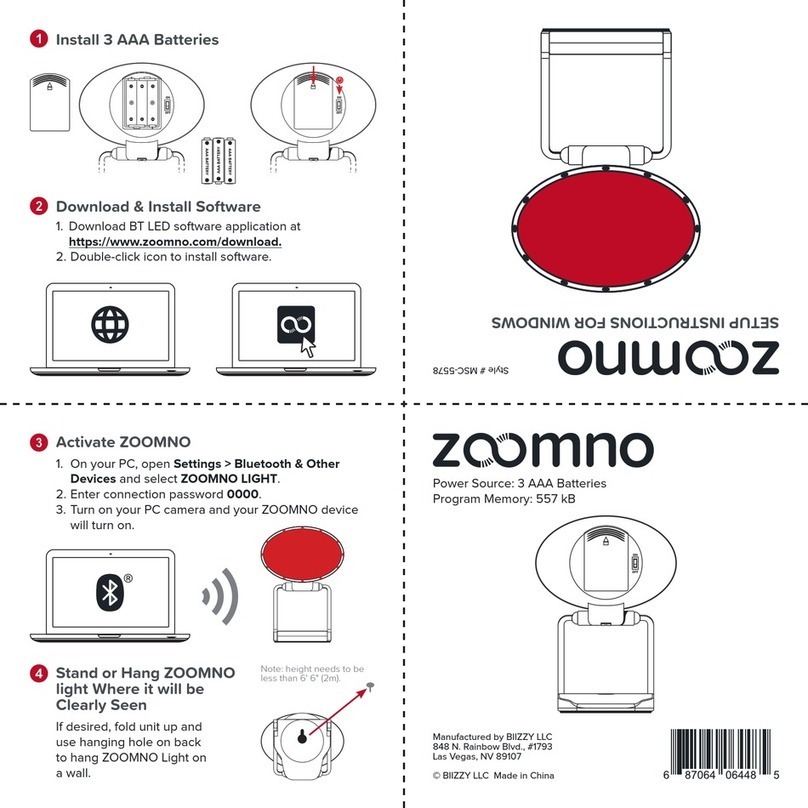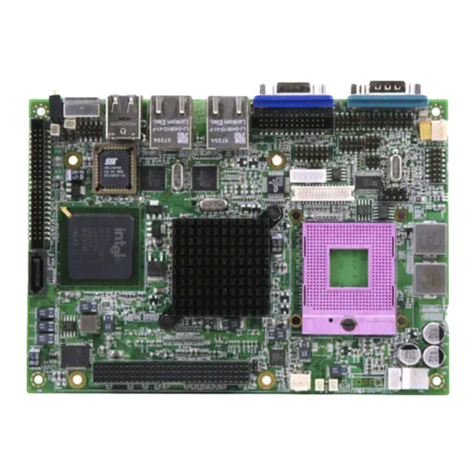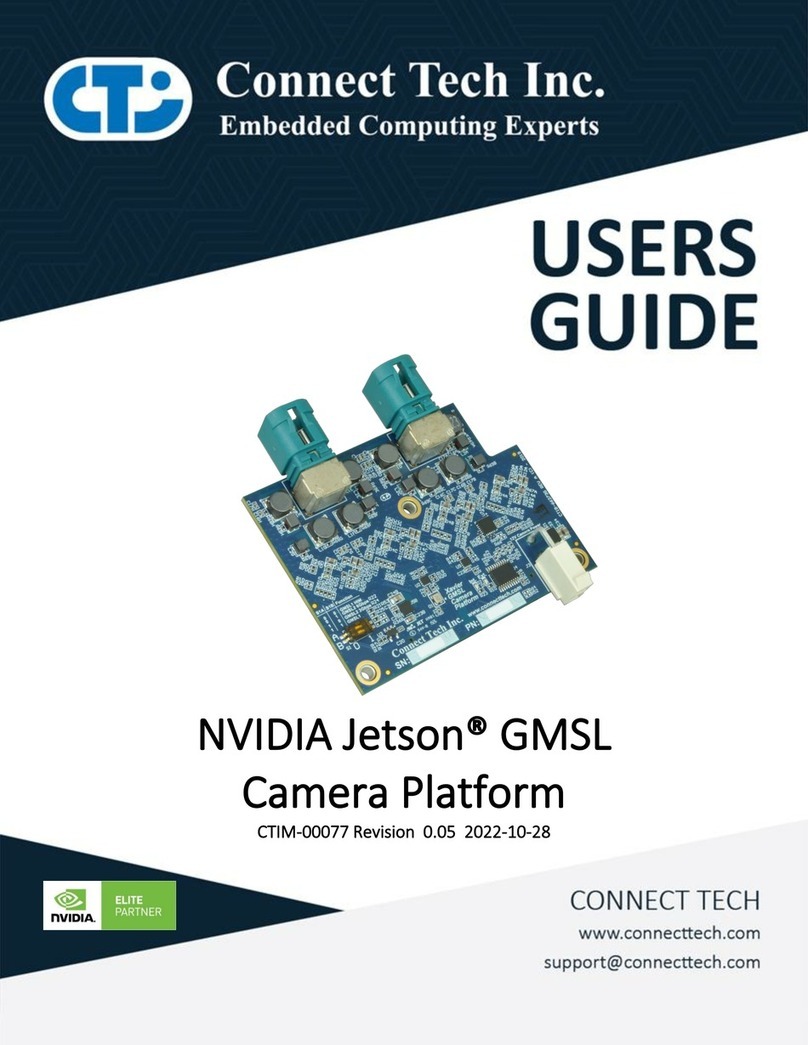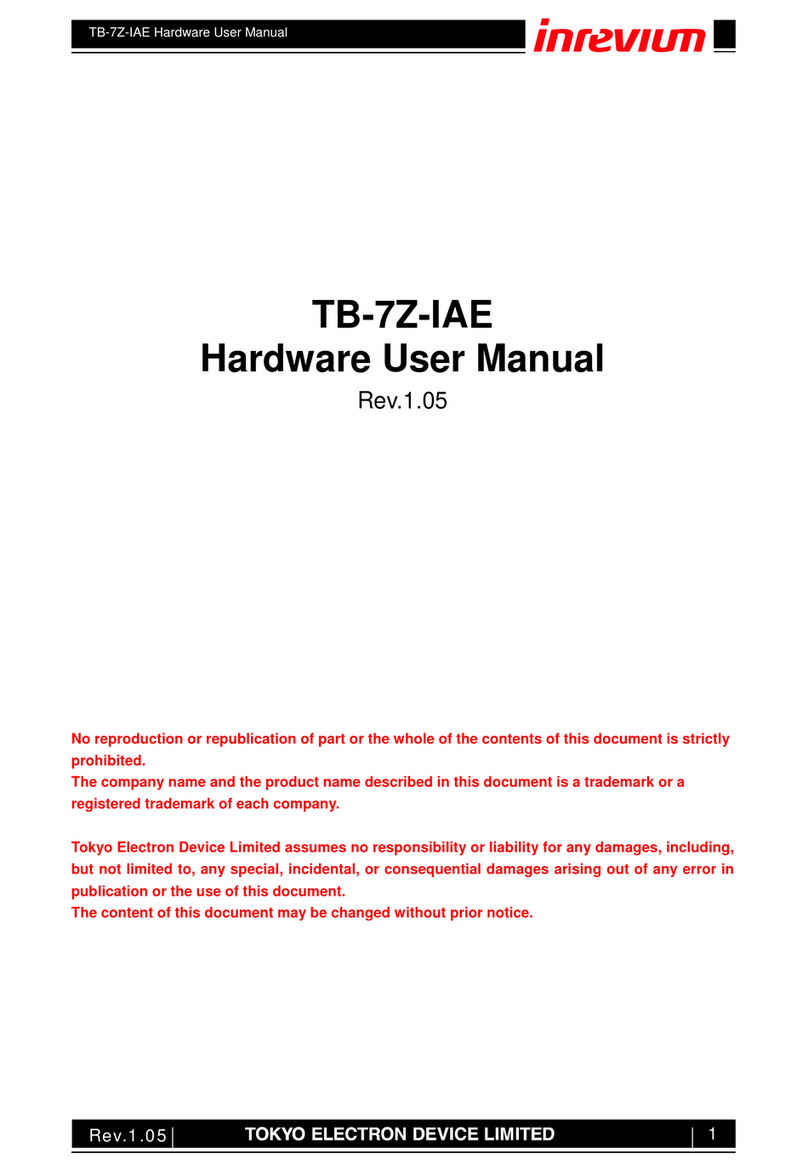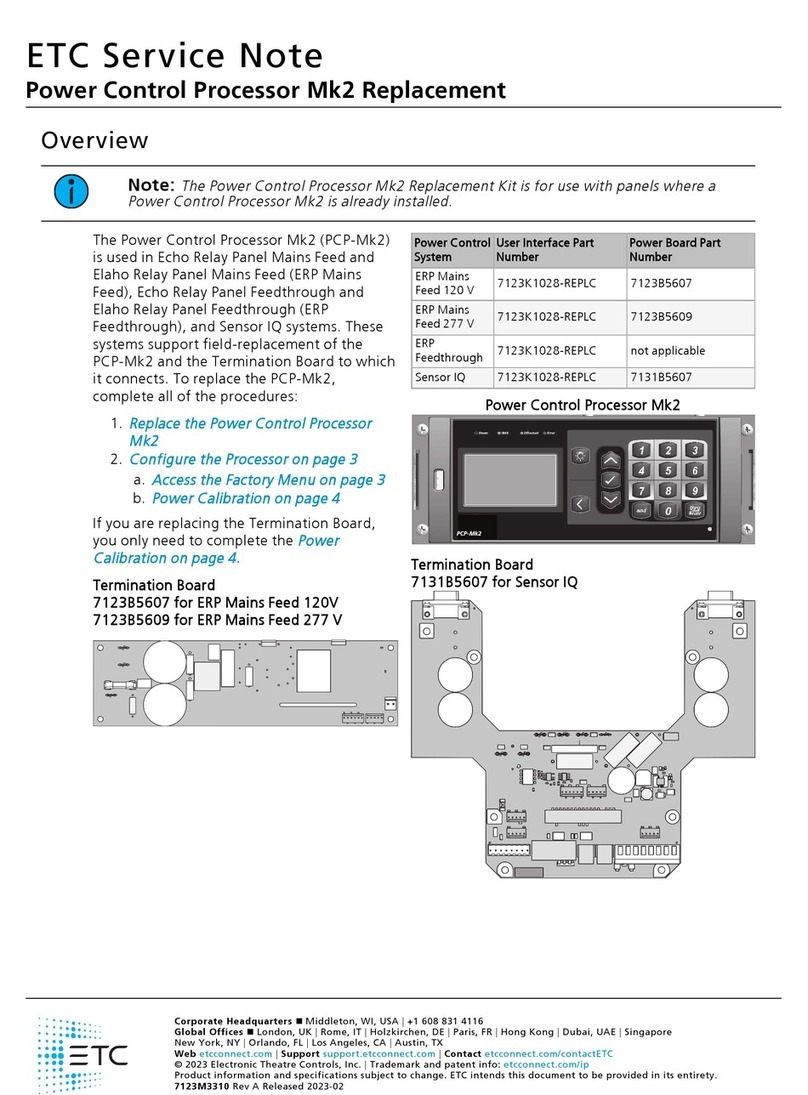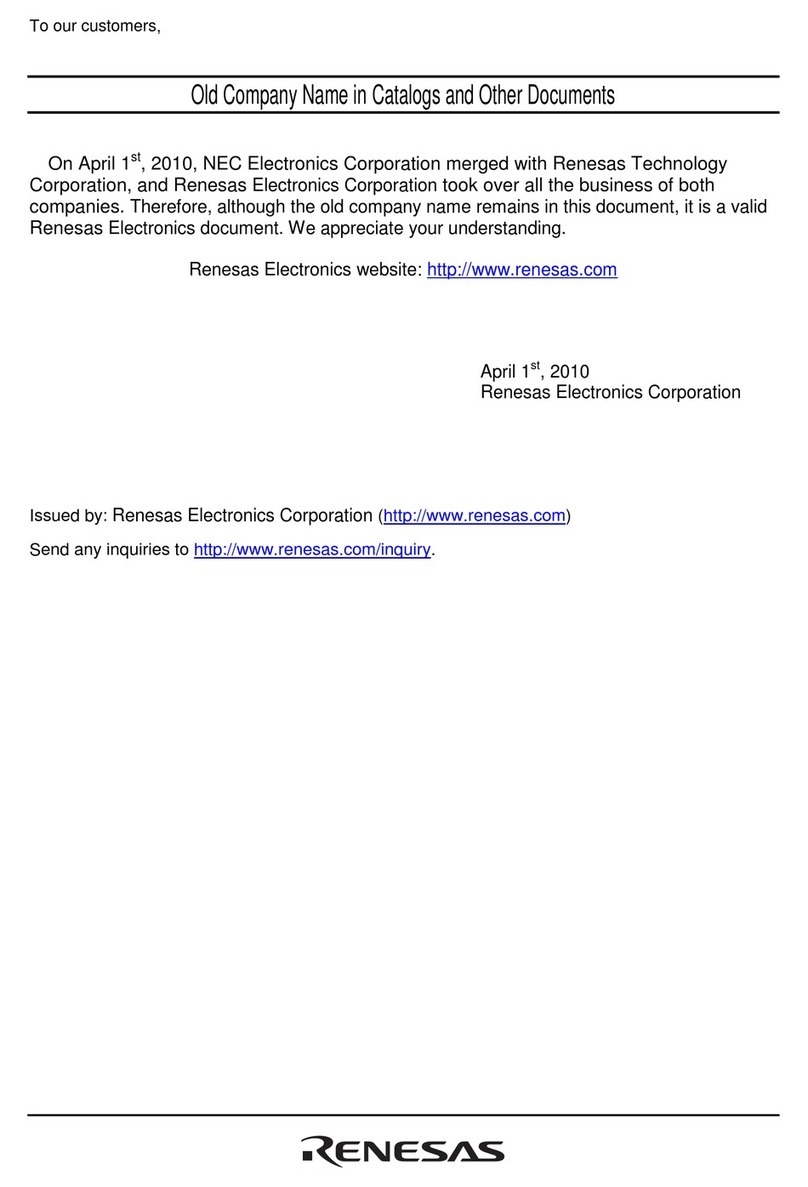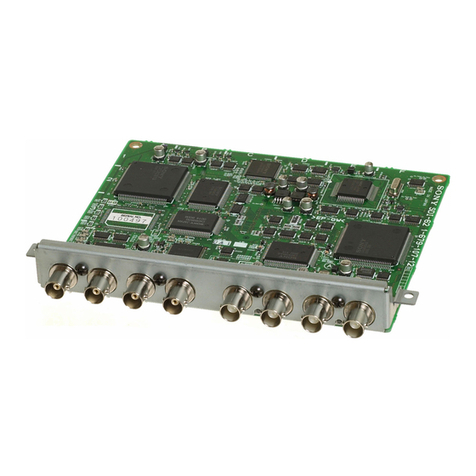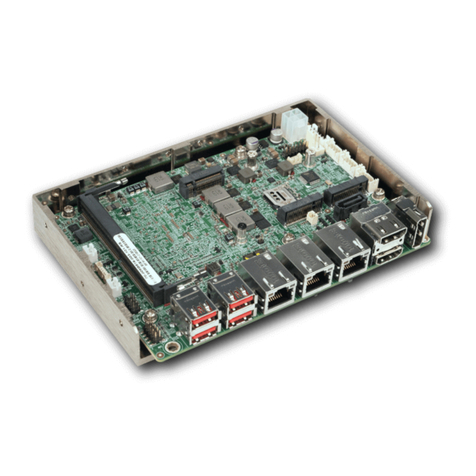Nke Watteco LWC Server User manual

LWC SERVER
USER GUIDE

LWC Server User Guide
All Rights Reserved –nke Watteco® LWC Server User Guide
Page 2of 25
NOTICE
Nke Watteco reserves the right to make changes to specifications and product descriptions or to discontinue
any product or service without notice. Except as provided in Nke Watteco's Standard Terms and Conditions of
Sale for products, Nke Watteco makes no warranty, representation or guarantee regarding the suitability of its
products for any particular application nor does Nke Watteco assume any liability arising out of the application
or use of any product and specifically disclaims any and all liability, including consequential or incidental
damages.
Certain applications using semiconductor products may involve potential risks of death, personal injury or
severe property or environmental damage. Nke Watteco products are not designed, authorized or warranted
to be suitable for use in life saving or life support devices or systems. Inclusion of Nke Watteco products in such
applications is understood to be fully at the Customer's risk.
In order to minimize risks associated with the customer's application, adequate design and operating
safeguards must be provided by the customer to minimize inherent or procedural hazards.
Nke Watteco assumes no liability for applications assistance or customer product design. Nke Watteco does
not warrant or represent that any license, either express or implied, is granted under any patent right,
copyright, mask work right, or other intellectual property right of Nke Watteco covering or relating to any
combination, machine or process in which such semiconductor products or services might be or are used. Nke
Watteco's publication of information regarding any third party's products or services does not constitute Nke
Watteco's approval, warranty and endorsement thereof.
Resale of Nke Watteco's products with statements of functionality different from or beyond the parameters
stated by Nke Watteco for that product as defined by Nke Watteco's unique part number, voids all express and
any implied warranties for that product, is considered by Nke Watteco to be an unfair and deceptive business
practice and Nke Watteco is not responsible nor liable for any such use.
Embedded software is based on Nke Watteco proprietary drivers and applicative code and operates on the
Contiki kernel from the SICS (Swedish Institute of Computer Science).
www.watteco.com
www.nke-electronics.com
© nke Watteco. All Rights Reserved

LWC Server User Guide
All Rights Reserved –nke Watteco® LWC Server User Guide
Page 3of 25
DOCUMENT HISTORY
Date
Revision
Modification Description
July 2016
1.0
First revision
March 2017
1.1
Correcting the SF limit
March 2017
1.2
Adding the OTAA association

LWC Server User Guide
All Rights Reserved –nke Watteco® LWC Server User Guide
Page 4of 25
CONTENTS
1Introduction.......................................................................................................................... 5
2Definitions ............................................................................................................................ 5
3Operation Principle ............................................................................................................... 5
4Leds interface ....................................................................................................................... 6
5Serial Port configuration ....................................................................................................... 6
6Command Interpreter ........................................................................................................... 7
6.1 Exchanges description............................................................................................................................................. 7
6.2 Common syntax for all the commands ................................................................................................................... 8
6.2.1 Special characters .............................................................................................................................................. 8
6.2.2 Commands <Cmd> ............................................................................................................................................. 8
6.2.3 Operators <Op>.................................................................................................................................................. 8
6.2.4 Common representations ................................................................................................................................... 9
6.3 Error codes............................................................................................................................................................ 10
6.4 Available resources ............................................................................................................................................... 11
6.4.1 HELP (H): displaying the LWC Server help......................................................................................................... 11
6.4.2 FIRMWARE_INFO (FWI): information display about the firmware version ...................................................... 11
6.4.3 IDENTITY (IDY): displays the dongle identity (DevEUI and DevAddr)................................................................ 12
6.4.4 VERBOSE (VRB): LWC Server verbosity level ..................................................................................................... 13
6.4.5 PROV_DEF_PAR (PDP): default provisioning parameters................................................................................. 14
6.4.6 DEV_PROV_PAR (DPP): end-device provisioning management........................................................................ 15
6.4.7 DEV_PROV_LIST (DPL): provisioned end-devices list management .................................................................. 18
6.4.8 ZCL: Sending/Receiving applicative frames ...................................................................................................... 19
6.4.9 MAC: Sending/Receiving MAC frames.............................................................................................................. 20
6.4.10 PHY: physical frame reception.......................................................................................................................... 21
6.4.11 [ZCL\MAC\PHY]_IND_PAR: indications configurations for each protocol layer................................................ 22
6.4.12 LAST_RX (LRX): display the delay since the last received frame ....................................................................... 23
6.4.13 REBOOT (RBT): allows to restart the LWC Server application........................................................................... 24
6.4.14 RX_PARAMS (RXP): allows to modify the RX parameters................................................................................. 25

LWC Server User Guide
All Rights Reserved –nke Watteco® LWC Server User Guide
Page 5of 25
1INTRODUCTION
This document describes all the commands that can be used with the LWC Server (or LoRa USB Dongle) through
the serial port.
In this document can be found the general way of functioning for the LWC Server, the meaning of the leds
colors and the serial port configuration needed by the LWC Server to work correctly.
Then, it will describe the common syntax for the commands (special characters, operators, errors, etc.)
And finally, a complete list of all the available resources will be done with, for each, the command available and
few examples.
2DEFINITIONS
“Port” or “Slot”: Index identifying a sensor from 1 to 200
HOST: Computer or any other device hosting and controlling the LWC Server
LWC: LoRaWAN Coordinator, this is the device described in this document. It can be called
LoRa USB Dongle as well
3OPERATION PRINCIPLE
The LWC server allows to create an interface between a Host (Computer, Box…) and several LoRaWAN
compatible end-devices in a private network.
PC, Box, Router
LoRaWAN End-devices
Compatible
HOST
LWC
LWC Server
USB Serial +
LWCCLI
End Devices
FIGURE 1 - OPERATION PRINCIPLE SCHEMATIC

LWC Server User Guide
All Rights Reserved –nke Watteco® LWC Server User Guide
Page 6of 25
4LEDS INTERFACE
Led
Meaning
The LWC Server is ON, when the green led is
continuously ON.
The LWC Server either sends or receives a frame
when the red led flashes.
5SERIAL PORT CONFIGURATION
The LWC Server has to be plugged on a USB port on the HOST machine. The USB/serial is done through the
FT232X USB (PID/VID: 0x0403/0x6015).
The serial port configuration is the following:
Baud rate: 115200 bps
Data bits: 8 bits
Stop bit: 1
Flow control: none
Green Led
Red Led
FIGURE 2 - LWC SERVER PICTURE WITH LEDS EMPLACEMENTS

LWC Server User Guide
All Rights Reserved –nke Watteco® LWC Server User Guide
Page 7of 25
6COMMAND INTERPRETER
6.1 EXCHANGES DESCRIPTION
The exchange protocol used for the LoRaWAN Coordinator Command Line Interpreter (LWCCLI) is built with
ASCII frame made up of 7 bits characters ended with the <EOL> character.
It allows 2 types of simple exchanges:
The “Request/Response”:
HOST <Request> LWC
HOST <Response> LWC
The “Indications”:
HOST <Indication> LWC
The responses can either directly return the required data or constitute a simple acknowledgement to the
request. The requested data may be sent later as an <Indication>. Typically, this is the way of working
for frames sent to the end-devices.
A general representation of each 3 possible command lines can be seen here below:
<Request> ::=
<Cmd><MS><DevRef>[<Param><Op><Val>]<EOL>
<Response> ::=
<ResType><Cmd><MS><DevRef><MS><status>[<MS><Param>[<Oper><Val>]]<EOL>
<Indic> ::=
<Ind><MS><DevRef>[<MS><Param>[<Op><Val>]]<EOL>
Each <KeyWord> is defined in the following chapters
N.B.
The KeyWords accept two formats: a short one and a long one (ex: DEVICE_LIST <-> DL). Indeed, a
specific LWC Server parameter allows to choose the wanted format: VERBOSE.
All the non-numerical values has to respect the letter case

LWC Server User Guide
All Rights Reserved –nke Watteco® LWC Server User Guide
Page 8of 25
6.2 COMMON SYNTAX FOR ALL THE COMMANDS
6.2.1 SPECIAL CHARACTERS
The following characters are used in both ways: HOST -> LWC and LWC -> HOST.
<EOL>
::=
0x0D
End Of Line. This character is specific to the end of an operation (Request,
Response, Indication or Commentary)
<RespType>
::=
'R'
Command prefix, indicating a response
<MS>
::=
' '
Main delimiter character
<LS>
::=
';'
Parameters delimiter inside a parameters list
<FS>
::=
','
Field delimiter in a parameter containing several fields
<Rmk>
::=
'#'
Character indicating a commentary until the End Of Line
<RmkStart>
::=
'<<<'
String used to indicate the beginning of a commentary on several lines
<RmkEnd>
::=
'>>>'
String used to indicate the ending of a commentary on several lines
<Dbg>
::=
'!'
Character indicating the beginning of a debug line
6.2.2 COMMANDS <CMD>
<Set>
::=
{SET|S}
<RSet>
::=
{RSET|RS}
<Get>
::=
{GET|G}
<RGet>
::=
{RGET|RG}
<Del>
::=
{DEL|D}
<RDel>
::=
{RDEL|RD}
<Ind>
::=
{INDIC|I}
6.2.3 OPERATORS <OP>
<Op>
::=
{"="}
The only one operator used

LWC Server User Guide
All Rights Reserved –nke Watteco® LWC Server User Guide
Page 9of 25
6.2.4 COMMON REPRESENTATIONS
<DevEUI>
::=
hhhhhhhhhhhhhhhh
16 hexadecimal digits representing the end-device’s MAC
Address (8 bytes BigEndian)
<DevAddr>
::=
hhhhhhhh
8 hexadecimal digits representing the end-device’s LoRaWAN
DevAddr (4 bytes BigEndian)
<Port>
::=
1..100
Port number or end-device index
"0" representing the LWC Server itself
The Index used to identify each end-device starts from 1
<DevRef>
::=
{<Port>|<DevEUI>|
<DevAddr>}
End-device reference. It can be its index or slot number or one of
its addresses.
<Class>
::=
{A|C}
LoRaWAN class of an end-device : can be A or C
<EDAM>
::=
{ABP|A}|{OTA|O}
Activation mode of an end-device. For the moment, only the ABP
is managed by the LWC Server
<RX2DR>
::=
0..2
Datarate used by the LWC Server to answer on the RX2 window
of end-devices
This Datarate is included between 0 (SF12) and 2 (SF10).
<FPort>
::=
1..255
LoRaWAN Port used
<FCountUp>
::=
0..2^32
LoRaWAN FCount used by the end-device to send its frame
<NWSK>
::=
hhhhhhh..hhhhhhhh
32 hexadecimal digits representing the end-device’s LoRaWAN
NwkSKey
<APSK>
::=
hhhhhhh..hhhhhhhh
32 hexadecimal digits representing the end-device’s LoRaWAN
AppSKey
<AppEUI>
::=
hhhhhhhhhhhhhhhh
16 hexadecimal digits representing the end-device’s LoRaWAN
AppEUI (8 bytes BigEndian).
<AppKey>
::=
hhhhhhh..hhhhhhhh
32 hexadecimal digits representing the end-device’s LoRaWAN
AppKey

LWC Server User Guide
All Rights Reserved –nke Watteco® LWC Server User Guide
Page 10 of 25
6.3 ERROR CODES
<StatusG> ::=
SUCC
Success
The command has been correctly executed
NIMP
Not Implemented
The command is not implemented yet
BCLI
Bad command line
A problem seems to be in the command line
UKCM
Unknown command
The command is unknown
UKPR
Unknown parameter
The command parameter is not valid
UKRS
Unknown Ressource
The specified ressources is not managed by the LWC Server
BADC
Bad command
The command is unavailable on the specified ressource
BADR
Bad reference
The reference (Port, DevEUI…) is not know by the LWC Server
BADP
Bad port
The specified port is invalid: it does not appear in the list of paired
DevEUI. It is an empty slot or out of capacity.
BADA
Bad address
The specified address is invalid: it does not appear in the list of paired
DevEUI.
BADO
Bad operand
The used operandi s not supported by the command
BADV
Bad value
The value associated with the operand is invalid
DRNF
Device Reference Not
found
The end-device reference given in the command line has not been found
by the LWC Server
DRIV
Device Reference Invalid
The reference given by the user to the end-device is invalid
DRNA
Device Reference not
Allowed
The reference given by the user is not allowed
MISP
Missing Parameters
There are some missing parameters inside the command line called by
the user
DUPE
Duplicated DevEUI
The DevEui used to currently provisioned the new end-device is already in
the end-device list
DUPA
Duplicated DevAddr
The DevAddr used to currently provisioned the new end-device is already
in the end-device list
NOTF
Not Found
The port specified by the user is not found
PBFF
Device Packet Buffer Full
The packet buffer for the specified end-device is full
FULL
Node Database full
The maximum number of device for one LWC Server is reached. The LWC
Server database is full
BUSY
Dongle is busy sending
The frame to send has not been taken into account because the LWC
Server was busy sending another frame

LWC Server User Guide
All Rights Reserved –nke Watteco® LWC Server User Guide
Page 11 of 25
6.4 AVAILABLE RESOURCES
6.4.1 HELP (H): DISPLAYING THE LWC SERVER HELP
This command displays the available resources, or the help for a specific resource.
6.4.1.1 <GET>COMMAND
Request:
<Get><MS>0<MS>{HELP|H}[=<Ressource>]
Use example (applying 5.2): GET 0 HELP
Response:
<RGet><MS>0<MS><status>
Actions :
This command asks the display of the LWC Server’s online help or a resource specific online help. The online
help is displayed as several lines prefixed by one <RmkStart> character. At the end of the help, the
<RmkEnd> character is displayed.
6.4.2 FIRMWARE_INFO (FWI): INFORMATION DISPLAY ABOUT THE FIRMWARE VERSION
This command asks the LWC Server to give the version of its embedded firmware.
6.4.2.1 <GET>COMMAND
Request:
<Get><MS>0<MS>{FIRMWARE_INFO|FWI}
Use example (applying 5.2): GET 0 FWI
Response:
<RGet><MS>0<MS><status><MS>{FIRMWARE_INFO|FWI}=<Name><FS><Major><FS><Minor>
<FS><Revision>
Response example:
RGET 0 SUCCESS FIRMWARE_INFO=LWCServer:0.3(beta), Kernel:3.4.0.0,\
FWName:lwc-server.lwcs.ClassC.lrctm.EU.chkpt.wdt2.nco.NOT_FOR_PROD-dfp-br-F5437A

LWC Server User Guide
All Rights Reserved –nke Watteco® LWC Server User Guide
Page 12 of 25
6.4.3 IDENTITY (IDY): DISPLAYS THE DONGLE IDENTITY (DEVEUI AND DEVADDR)
This command asks the LWC Server to display its IDs: DevEUI and DevAddr.
6.4.3.1 <GET>COMMAND
Request:
<Get><MS>0<MS>{IDENTITY|IDY}
Use example (applying 5.2): GET 0 IDY
Response:
<RGet><MS>0<MS><status><MS>{IDENTITY|IDY}=<DevEUI><FS><DevAddr>
Response example:
RGET 0 SUCCESS IDENTITY=020000FFFF007067,01007067

LWC Server User Guide
All Rights Reserved –nke Watteco® LWC Server User Guide
Page 13 of 25
6.4.4 VERBOSE (VRB): LWC SERVER VERBOSITY LEVEL
This command is used to configure several LWC Server’s displaying parameters.
6.4.4.1 <SET>COMMAND
Request:
<Set><MS>0<MS>{VERBOSE|VRB}<Op>[<Verbosity>]<FS>[<DevRefMode>]<FS>[<Echo>]
<FS>[<Debug>]
<Verbosity>::= {SHORT|S}|{LONG|L} : Defined the verbosity level in the commands coming from
the LWC Server.
<DevRefMode>::= {DEVEUI|DE}|{DEVADR|DA}|{DEVPORT|DP} : This parameter defines how the
end-devices are identified by the LWC Server during the exchanges.
<Echo>::= {ON|1}|{OFF|0} : This parameter asks to the LWC Server to copy on the serial interface all
the commands that it receives.
<Debug>::= {ON|1}|{OFF|0}
<Op>::= "="
If a parameter is missing in the command (ex: SET 0 VRB=S,,1,0), then it is defined with the default parameters.
The default parameters are: LONG, DEVEUI, OFF, OFF.
Use example: SET 0 VRB=S,DA,1,0
Response:
<RSet><MS>0<MS><status><MS>{VERBOSE|VRB}=<Verbosity><FS><DevRefMode><FS><De
bug>
<status>::= <StatusG> (cf. §6.3)
Response example: RSET 0 SUCCESS VERBOSE=SHORT,DEVADDR,ON,OFF
6.4.4.2 <GET>COMMAND
Request:
<Get><MS>0<MS>{VERBOSE|VRB}
Use example: GET 0 VERBOSE
Response:
<RGet><MS>0<MS><status>{VERBOSE|VRB}=<Verbosity><FS><DevRefMode><FS><Echo><
FS> <Debug>
Response example: RGET 0 SUCCESS VERBOSE=LONG,DEVEUI,OFF,OFF

LWC Server User Guide
All Rights Reserved –nke Watteco® LWC Server User Guide
Page 14 of 25
6.4.5 PROV_DEF_PAR (PDP): DEFAULT PROVISIONING PARAMETERS
This resource is used to configure the end-devices default provisioning parameters on the LWC Server.
6.4.5.1 <SET>COMMAND
Request:
<Set><MS>0<MS>{PROV_DEF_PAR|PDP}<Op><ProvDefPar>
<ProvDefPar> ::=
[<EDAM>]<FS>[<Class>]<FS>[<RX2DR>]<FS>[<NWSK>]<FS>[<APSK>]<FS>[<AppEUI>]
<FS>[<AppKey>]
<Op> ::= "="
If a parameter is missing in the command (ex: SET 0 PDP=OTA,C,0,,,,), then it is defined with the default
parameters.
The default parameters are:
ABP, C, 0,
2B7E151628AED2A6ABF7158809CF4F3C,2B7E151628AED2A6ABF7158809CF4F3C,70B3D5E75F600000,
2B7E151628AED2A6ABF7158809CF4F3C
Use example:
SET 0
PDP=OTA,A,1,2B7E151628AED2A6ABF7158809CF4F3C,2B7E151628AED2A6ABF7158809CF4F3C,00010203040
50607, 5B7E151628AED2A6ABF7158809CF4F4A
Response:
<RSet><MS><status>0
<status>::= <StatusG> (cf. §6.3)
Response example: RSET 0 SUCCESS PROV_DEF_PAR
6.4.5.2 <GET>COMMAND
Request:
<Get><MS>0<MS>{PROV_DEF_PAR|PDP}
Use example: GET 0 PDP
Response:
<RGet><MS>0<MS><status><MS>{PROV_DEF_PAR|PDP}=<NwkDefPar>
<NwkDefPar> ::=
<EDAM><FS><Class><FS><RX2DR><FS><NWSK><FS><APSK><AppEUI><AppKey>
Response example:
RGET 0 SUCCESS
PROV_DEF_PAR=OTA,A,1,2B7E151628AED2A6ABF7158809CF4F3C,2B7E151628AED2A6ABF7158809CF4F3C,0
001020304050607, 5B7E151628AED2A6ABF7158809CF4F4A

LWC Server User Guide
All Rights Reserved –nke Watteco® LWC Server User Guide
Page 15 of 25
6.4.6 DEV_PROV_PAR (DPP): END-DEVICE PROVISIONING MANAGEMENT
This resource is used to either get the provisioning information of an end-device or to add a new end-device to
the LWC Server’s provisioned end-devices list. Both OTAA and ABP are supported.
6.4.6.1 <SET>COMMAND
Request:
<Set><MS>0<MS>{DEV_PROV_PAR|DPP}=<DevParamIn>
<DevParamIn> ::=
<DevEUI><FS>[<EDAM>]<FS>[<Class>]<FS>[<RX2DR>]<FS>[<DevAdr>]<FS>[<NWSK>]<FS
>[<APSK>]<FS>[<AppEUI>]<FS>[<AppKey>]
It is not necessary to fill all the fields in all the cases. For example, it is not necessary to fill the AppSKey and
NwkSkey field in OTAA, or it is not necessary to fill the AppEUI and AppKey field in ABP
Use example in ABP:
SET 0
DPP=70B3D5E75E000205,ABP,A,0,00000205,2B7E151628AED2A6ABF7158809CF4F3C,2B7E151628AED2A6AB
F7158809CF4F3C,,
Use example in OTAA:
SET 0
DPP=70B3D5E75E000205,OTA,A,0,00000205,,,70B3D5E75F600000,4B7E151628AED2A6ABF7158809CF4F5A
Response:
<RSet><MS>0<MS><status><MS>[{DEV_PROV_PAR|DPP}[=<DevParamOut>]
<DevParamOut> ::=
<Port><FS><DevEUI><FS><EDAM><FS><Class><FS><RX2DR><FS><DevAdr><FS><NWSK><FS
><APSK><AppEUI><FS><AppKey>
<status>::= <StatusG> |
SUCC: Success
NDBF: No more slot available
DUPE: Duplicate DevEUI.
DUPA: Duplicate DevAdr.
Response example in ABP:
RSET 0 SUCCESS
DEV_PROV_PAR=4,70B3D5E75E000205,ABP,A,0,00000205,2B7E151628AED2A6ABF7158809CF4F3C,2B7E15
1628AED2A6ABF7158809CF4F3C, 70B3D5E75F600000, 2B7E151628AED2A6ABF7158809CF4F3C
Response example in OTAA:
RSET 0 SUCCESS
DEV_PROV_PAR=3,70B3D5E75E0001BF,OTA,A,0,000001BF,FFFFFFFFFFFFFFFFFFFFFFFFFFFFFFFF,FFFFFFFFFF
FFFFFFFFFFFFFFFFFFFFFF,70B3D5E75F600000,4B7E151628AED2A6ABF7158809CF4F3C

LWC Server User Guide
All Rights Reserved –nke Watteco® LWC Server User Guide
Page 16 of 25
Actions:
<DevEUI> and <DevAdr> must be unique in the provisioned end-devices list
If <DevEUI> is incorrect or not given in the command, then the <status> is BADV.
The first free port in the LWC Server list is chosen while provisioning a new end-device
If the command does not contains the <DevAdr> field, the latter is extracted from the <DevEUI> (it
corresponds to the last 25 bits of the <DevEUI>)
The default values for <EDAM>, <Class>, <RX2DR>, <NWSK>, <APSK>, <AppEUI> and
<AppKey> are the ones that can be changed or consulted through the PROV_DEF_PAR resource (§6.4.5)
6.4.6.2 <DEL>COMMAND
Request:
<Del><MS>0<MS>{DEV_PROV_PAR|DPP}=<DevRef>
<DevRef> : Reference of the end-device to delete (DevEUI, DevAddr, Port or « All »)
Use example: DEL 0 DPP=4
NOTE: The use of « All » or « * » allows to delete all the provisioned end-devices list in the LWC Server Beware,
this action is non-reversible.
Response:
<RDel><MS><status>0<MS>{DEV_PROV_PAR|DPP}=<DevRef>
<status>::= <StatusG> | (cf. §6.3)
NOTF: Not found.
Response example: RDEL 0 SUCCESS DEV_PROV_PAR=4
Actions:
<DevRef>must exist. If it does not, the error NOTF is returned
In SUCCESS case, the parameters and data associated to <DevRef> are completely deleted
6.4.6.3 <GET>COMMAND
Request:
<Get><MS>0<MS>{DEV_PROV|DPP}<Op><DevRef>
<Op> ::= "="
Use example: GET 0 DPP=3
Response:
<RGet><MS><status>0<MS>{DEV_PROV|DPP}=<DevParamOut>

LWC Server User Guide
All Rights Reserved –nke Watteco® LWC Server User Guide
Page 17 of 25
<DevParamOut> ::=
<Port><FS><DevEUI><FS><EDAM><FS><Class><FS><RX2DR><FS><DevAdr><FS><NW
SK><FS><APSK><FS><AppEUI><FS><AppKey>
Response example:
RGET 0 SUCCESS
DEV_PROV_PAR=3,70B3D5E75E000204,ABP,A,0,00000204,2B7E151628AED2A6ABF7158809CF4F3C,2B7E151
628AED2A6ABF7158809CF4F3C,70B3D5E75F600000, 2B7E151628AED2A6ABF7158809CF4F3C

LWC Server User Guide
All Rights Reserved –nke Watteco® LWC Server User Guide
Page 18 of 25
6.4.7 DEV_PROV_LIST (DPL): PROVISIONED END-DEVICES LIST MANAGEMENT
This resource allows to obtain the full list of all the provisioned end-devices on the LWC Server.
6.4.7.1 <GET>COMMAND
Request:
<Get><MS>0<MS>{DEV_PROV_LIST|DPL}
Use example: GET 0 DPL
Response:
<RGet><MS>0<MS><status>{DEV_PROV_LIST|DPL}={<DevParam>[<LS>]}*
<DevParam> ::=
<Port><FS><DevEUI><FS><EDAM><FS><Class><FS><RX2DR><FS><DevAdr><FS><NW
SK><FS><APSK><FS><AppEUI><FS><AppKey>
Response example:
RGET 0 SUCCESS DEV_PROV_LIST=\
0,020000FFFF007067,ABP,C,0,01007067,2B7E151628AED2A6ABF7158809CF4F3C,2B7E151628AED2A6ABF7158809CF4F3C
,70B3D5E75F600000,2B7E151628AED2A6ABF7158809CF4F3C;\
1,70B3D5E75F0000D9,OTA,A,0,010000D9,4A551A036DF0F6CAA801656E6A7A8C37,AE68ADDEF60285D7A735ED82E14F3
1B7,70B3D5E75F600000,5B7E151628AED2A6ABF7158809CF4F3C;\
2,70B3D5E75E0001AF,OTA,A,0,000001AF,95CA48E3C1AD49DA582F00B8A6803711,5DEA7A0971A3B455E019D845ED79D
A97,70B3D5E75F600000,4B7E151628AED2A6ABF7158809CF4F3C;\
3,70B3D5E75E0001BF,OTA,A,0,000001BF,FFFFFFFFFFFFFFFFFFFFFFFFFFFFFFFF,FFFFFFFFFFFFFFFFFFFFFFFFFFFFFFFF,70B3D5
E75F600000,4B7E151628AED2A6ABF7158809CF4F3C;\
4,70B3D5E75E0000CF,ABP,A,0,000000CF,2B7E151628AED2A6ABF7158809CF4F3C,2B7E151628AED2A6ABF7158809CF4F3
C,70B3D5E75F600000,2B7E151628AED2A6ABF7158809CF4F3C

LWC Server User Guide
All Rights Reserved –nke Watteco® LWC Server User Guide
Page 19 of 25
6.4.8 ZCL: SENDING/RECEIVING APPLICATIVE FRAMES
This resource is used to send a ZCL frame (or display a received ZCL frame) to (or from) one of the provisioned
end-devices.
6.4.8.1 <SET>COMMAND
Request:
<Set><MS><DevRef><MS>{ZCL}=<HexStr>
<HexStr> ::= The ZCL frame presented as an hexadecimal string.
Use example: SET 3 ZCL=1105001300552000
Response:
<RSet><MS><DevRef><MS><status>
<status>::= <StatusG> (cf. §6.3)
Response example: RSET 00000204 SUCCESS ZCL
Actions:
If the request succeed, a frame is directly send to the end-device if the latter is a class C device. For the
class A devices, the frame is stored, waiting for an uplink from the end-device.
In case of a fail, the HOST application has to manage a buffer or a retry procedure in order to be sure that
the frame has been sent.
6.4.8.2 <INDIC>COMMAND
Indication:
<Indic><MS><DevRef><MS>{ZCL}=<Direction><FS><HexStr>
<Direction> : Frame direction
- {NONE | N} : None
- {UP | U} : Uplink (End-device LWC Server)
- {DOWN | D} : Downlink (LWC Server End-device)
- {BOTH | B} : Uplink and Downlink
<HexStr> ::= The ZCL frame presented as an hexadecimal string.
Example:
INDIC 70B3D5E75E000204 ZCL=UP,110A0050000641090307000009B70E9204

LWC Server User Guide
All Rights Reserved –nke Watteco® LWC Server User Guide
Page 20 of 25
6.4.9 MAC: SENDING/RECEIVING MAC FRAMES
This resource is used to send a MAC frame (or display a received MAC frame) to (or from) one of the
provisioned end-devices. This allows especially to choose the LoRaWAN port on which the frame will be sent.
By default, this port is 125.
If the port chosen by the user is 6, then a 6lowpan header (7EF700F3450000) is added to the frame.
6.4.9.1 <SET>COMMAND
Request:
<Set><MS><DevRef><MS>{MAC}=[<FPort>]<FS><HexStr>
<HexStr> ::= The ZCL frame presented as a hexadecimal string.
Use example: SET 3 MAC=10,1105001300552000
Response:
<RSet><MS><DevRef><MS><status>
<status>::= <StatusG> (cf. §6.3)
Response example: RSET 0100676A SUCCESS MAC
Actions:
If the request succeed, a frame is directly send to the end-device if the latter is a class C device. For the
class A devices, the frame is stored, waiting for an uplink from the end-device.
In case of a fail, the HOST application has to manage a buffer or a retry procedure in order to be sure that
the frame has been sent.
6.4.9.2 <INDIC>COMMAND
Indication:
<Indic><MS><DevRef><MS>{MAC}=<Direction><FS><FPort><FS><FCountUp><FS><HexSt
r>
<Direction> : Frame direction
- {NONE | N} : None
- {UP | U} : Uplink (End-device LWC Server)
- {DOWN | D} : Downlink (LWC Server End-device)
- {BOTH | B} : Uplink and Downlink
- {JOIN REQUEST | JR}: Join Request (End-device LWC Server)
<HexStr> ::= The ZCL frame presented as a hexadecimal string.
Example:
INDIC 01006768 MAC=UP,125,3,110A00520000410C000000000000000000000000
Table of contents
